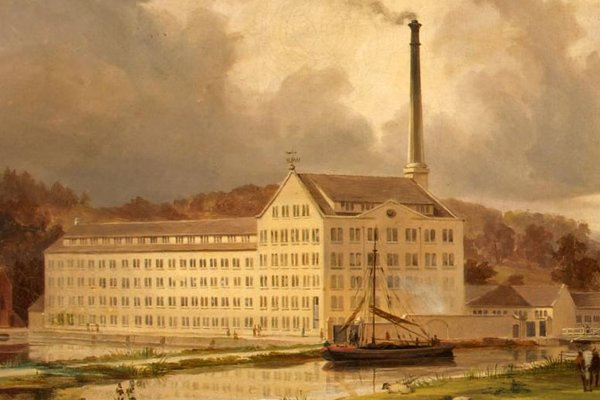The Stroudwater Canal was built in the 1770s to help bring coal to the many mills along the Stroud valley which had become an important centre for the manufacture of fine woollen cloth. The canal ran for eight miles from Framilode on the River Severn to a terminal basin at Wallbridge, Stroud.
The canal soon took on another role when the Thames & Severn Canal continued the line to the River Thames near Lechlade in 1789, completing an inland waterways route between the West Midlands and London.
Both canals flourished in the nineteenth century, but suffered from railway competition. Traffic declined in the twentieth century, the Thames & Severn closed in 1933, and the last Stroudwater toll was paid in 1941. The canals are now being restored for leisure uses and to provide a green route through an area of great historical interest.
Image courtesy Museum in the Park, Stroud, extract from 2194.
